Room 217 Programs
MUSIC CARE RESOURCES
Topics
Type
Room 217 Programs
MUSIC CARE WEBINARS
Blogs
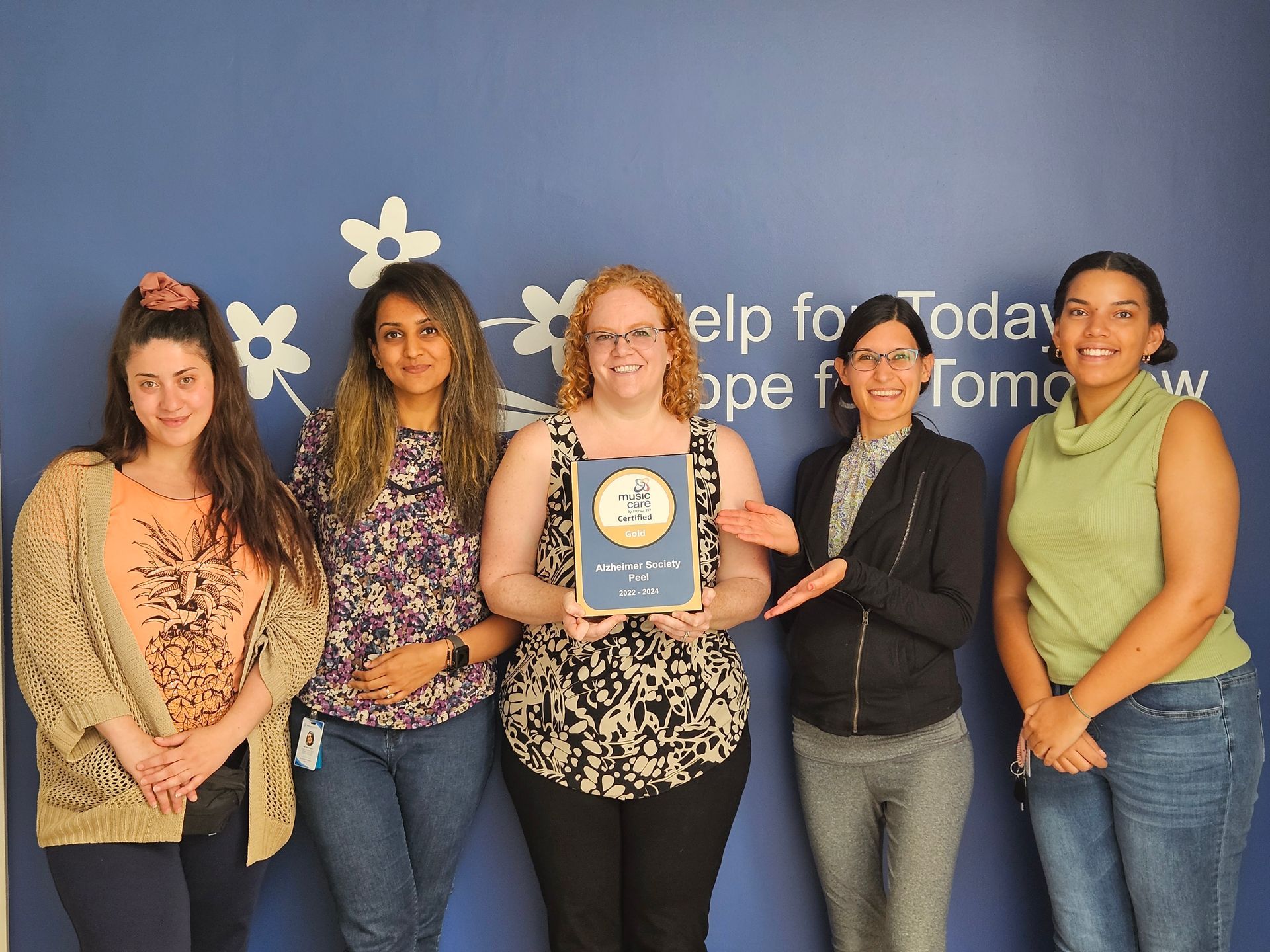
By Bev Foster
•
April 8, 2025
The role of health and social care leaders is to drive lasting change that enhances both quality of care and the experience of the care team. Implementing effective change in a care setting is complex—but it doesn't have to be daunting. MUSIC CARE CERTIFY (MCC) is a transformative solution that not only improves the well-being of care recipients, but also nurtures a culture of innovation and collaboration among staff. MCC is more than just a program—it’s a change management system. It provides a structured, step-by-step approach to implementing music as a core element of care, ultimately enhancing quality of life and supporting quality improvement across your organization. The goal of MCC is to establish, integrate and evaluate music within caring communities to achieve better care outcomes. How Does it Work? MCC is built around five quality drivers that are designed to help deliver and sustain a high standard of music care. These quality drivers ensure your organization integrates music care in a way that is sustainable, replicable, and measurable. They include: Leadership: Champions of change at every level—site team leaders, staff, and music care facilitators working together. Music-Rich Environment: Creating a space that enhances the emotional well-being of everyone through music. Professional Practice: Ensuring that music care is delivered by skilled professionals. Continuing Education: Providing ongoing training to ensure staff is prepared and confident in using music as part of their care approach. Action Research: Continuously assessing and improving the program to ensure the best care outcomes By using success criteria assigned to each quality driver, organizations can track their progress through Bronze, Silver, and Gold levels of achievement. Each level reflects the depth to which music care has been integrated into daily practices. From initial adoption (Bronze) to a fully embedded, transformative model (Gold), MCC provides clear milestones for caring communities to strive toward. Upon completing MCC certification, the caring community will be recognized as MUSIC CARE Certified. This prestigious designation signals your commitment to improving the quality of life and care for everyone within your site. The Real Benefits Change management doesn’t happen overnight—but with MCC, the benefits are clear and impactful: Staff Satisfaction: Care professionals report increased job satisfaction, resiliency, and retention. Innovative Culture: MCC fosters creative, innovative thinking, empowering care teams to explore new ways to improve care. Improved Care Outcomes: Music integration leads to better care experiences and enhances alignment with relational and person-centered approaches. A Competitive Advantage: Organizations that adopt MCC differentiate themselves, gaining a competitive edge by offering a unique, high-quality care experience. In the next blog, we’ll dive into the stories of early adopters of MCC in Canada. The results are already speaking for themselves—MCC is changing the way care is delivered, creating a culture that values well-being, innovation, and measurable outcomes.
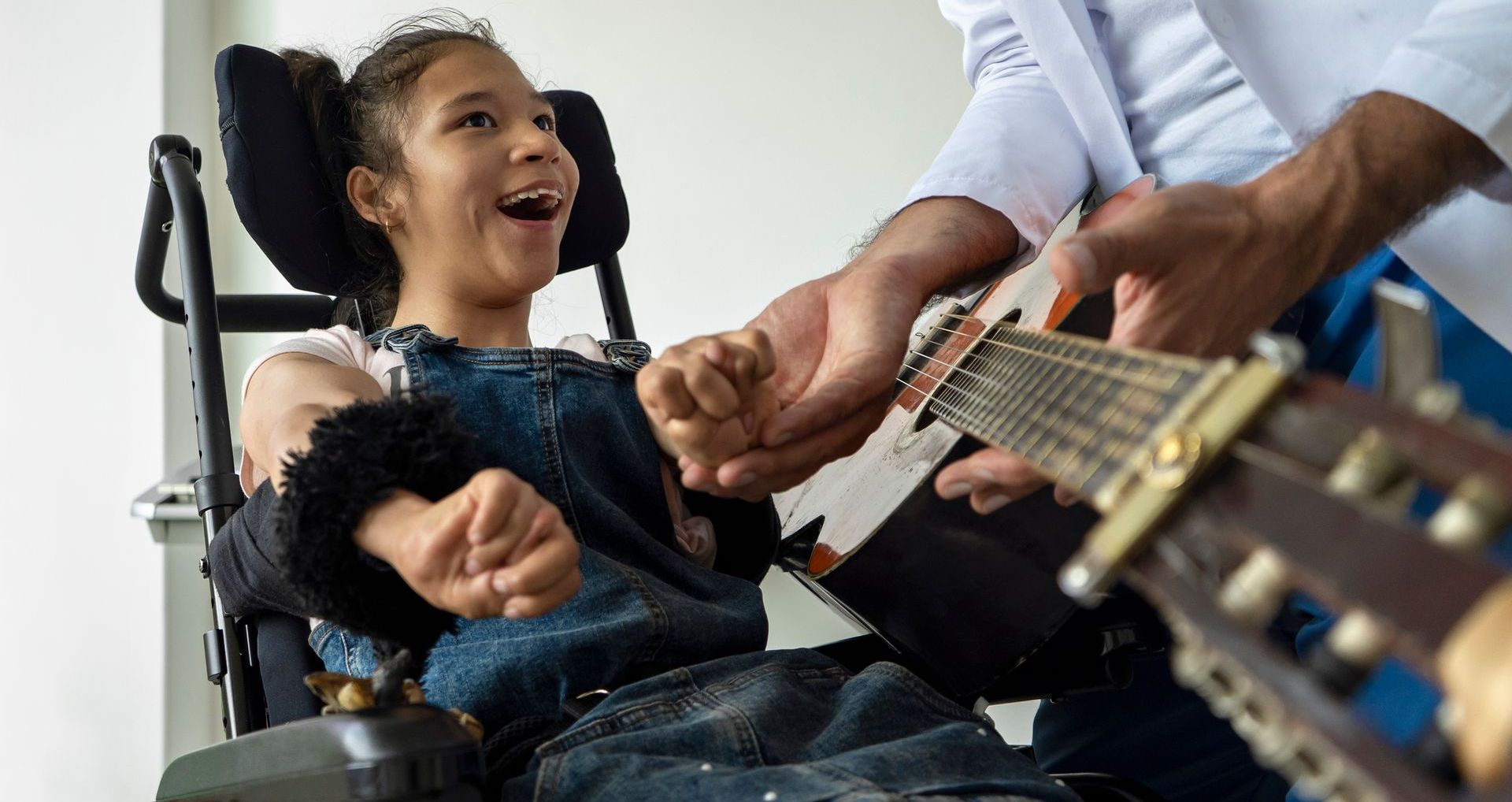
By Bev Foster
•
March 19, 2025
In the first two blogs of this Key Change series, we looked at why music is considered a care solution. Undoubtedly, there is still a lot of work to do in educating the public and the care sector with a clear rationale for musical care. The bigger question, though, isn’t why music, it is how music can become integrated into the daily practice of caregivers and caring communities in a way that is meaningful, sustainable, and measurable. Many caring communities struggle to operationalize approaches like music care in a way that’s both intentional and measurable. While the research supports music’s therapeutic benefits, there’s often a disconnect between evidence and practice. The real question is how do we move from theory to everyday application? Room 217’s Integrated Model of Music Care (IMMC) is a proven framework designed to embed music into the daily practices of caregivers and care organizations. This model not only addresses cultural and contextual differences but also optimizes music in any health or social care setting. The IMMC ensures that music is not simply an add-on or an afterthought but an integral part of a care delivery system. By considering the specific needs and operational realities of an organization, this framework encourages implementation of purposeful music and sound based interventions—such as personalized playlists, music therapy, soundscapes, or community performances—tailored to improve the physical, emotional, and social well-being of everyone in the circle of care. The IMMC framework is grounded in four key components, beginning with education. Informed music use begins by training a team at the care site to champion the music care approach. With this knowledge, the team identifies a clear intention for using music to make an impact, such as reducing isolation for residents by introducing music initiatives and interventions. These can include initiatives (like a bell choir or personalized playlist) or interventions (evidence-based practices, such as those provided by a neurologic music therapist.) These initiatives are implemented through measurable programs, care tasks, or therapeutic relationships, with changes tracked through both process and outcome evaluations. Music care integration is achieved when music becomes an essential, recognized component of the care process, with all caregivers using it intentionally to address challenges in the care environment.
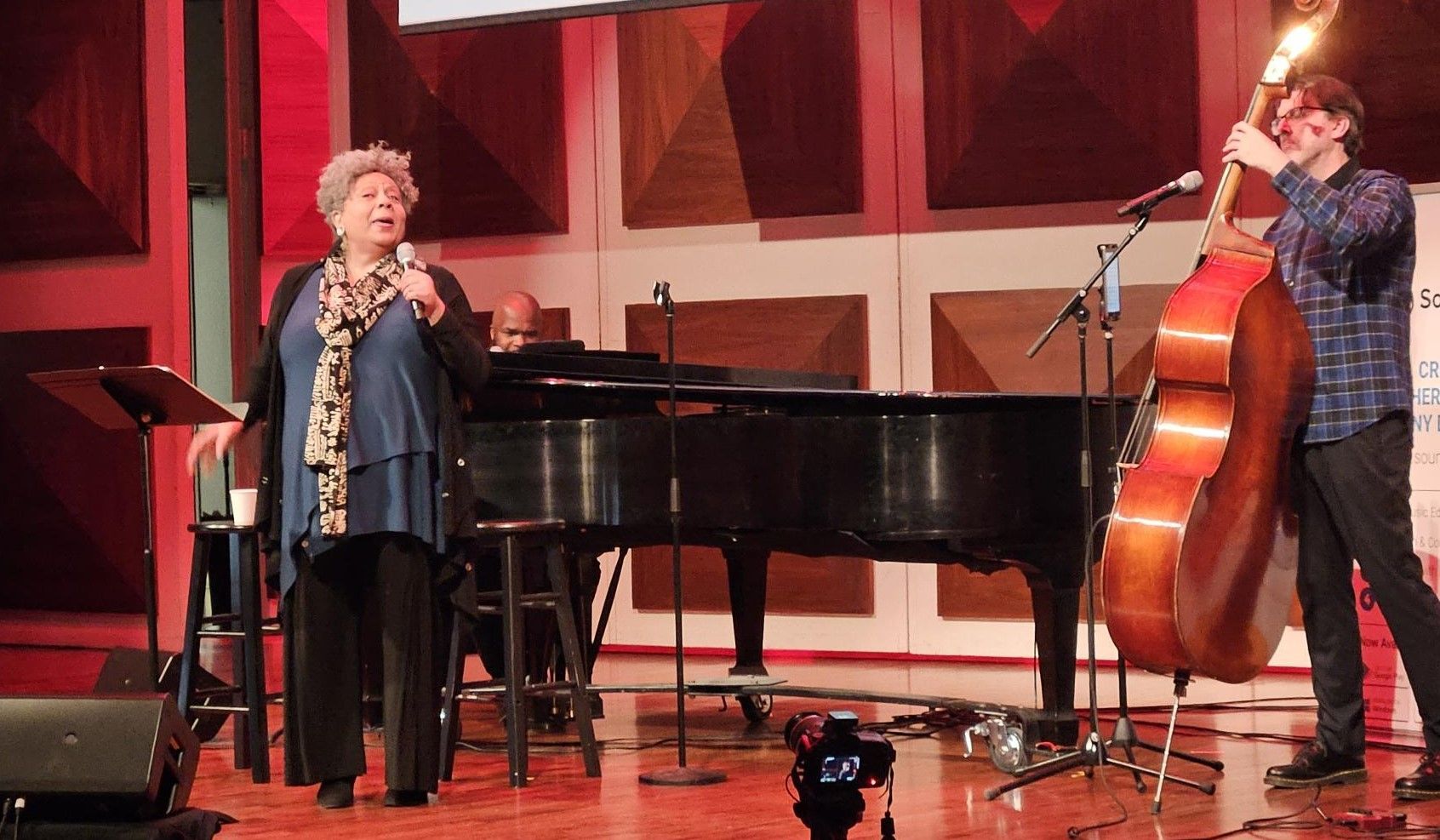
By Dawn Ellis-Mobbs
•
November 29, 2024
Room 217’s MUSIC CARE CONFERENCE brings together healthcare professionals, music therapists, musicians, educators, students and caregivers to explore the profound impact and power of music in care. This year, Wilfrid Laurier Faculty of Music was the lead and host partner of our 16 th conference with Concerts in Care , Metalworks , SoundsUnite and Research Institute for Aging involved as secondary partners. From the main stage, delegates experienced a mix of touching music care cameos by professional and community musicians and ensembles, keynote presentations by leading industry experts in the field of music and health and two engaging workshops aimed at building caregiver confidence using music. The theme - music across the lifespan – was brought to life by a riveting concluding performance by Canadian gospel and blues icon, Jackie Richardson. MUSIC CARE CERTIFY stories from organizations, individuals and schools were featured in Lunch and Learn session. The conference is a rich opportunity to meet people who are passionate about using music in their daily practice and to expand our music care community. This year, there was a significant increase in the number of caregivers at the conference. The work of frontline workers does not go unnoticed, and this day apart offers an opportunity for caregivers to refuel their tanks, share meaningful stories and gain new ideas and strategies for the use of music in care. This sentiment is reflected in the words of some of the delegates. Conferences are a great opportunity to refresh, reinspire and reconnect. There’s also great research and innovation happening in the world of music and wellness! I wanted to share what an amazing experience the conference was! I found every session to be either full of knowledge, skills building and/ or incredibly inspirational! I left with a brain full of knowledge and ideas and a heart full of inspiration. A beautiful conference that hit exactly the right balance of learning, connecting, and, well, loving. So important in these days and times. I just wanted to tell you how much everyone of our team members loved the conference. It was so inspirational! We were able to learn, network and be joyful. Thank you for hosting such a wonderful event. It was truly the best conference of the year for me....and I attend a lot. Key highlights included our inspiring keynotes from Brian Harris , CEO of US-based MedRhythms , focusing on music and neurologic rehabilitation, and Emily Foulkes , from the UK, a practitioner and researcher in singing for wellbeing. Workshop were deeply appreciated and topics ranged from songwriting for dementia, using ukuleles in care, from spirituals to gospel music, using songs to express hope in care, using music as direct service workers, making connections through community music and live music as a universal language of memory. The research track was popular with emerging research from music therapy, community music and Room 217 presented. For me, our conference brings opportunities to network. Professionals from diverse backgrounds connect, share experiences, and collaborate on future projects. This networking aspect is crucial for fostering a community of practice that advocates for the integration of music in healthcare. Room 217 continues to play a vital role in leading and developing partnerships towards this end. For more information on the Music Care Conference and to stay updated on future events, visit www.musiccare.org/conference .
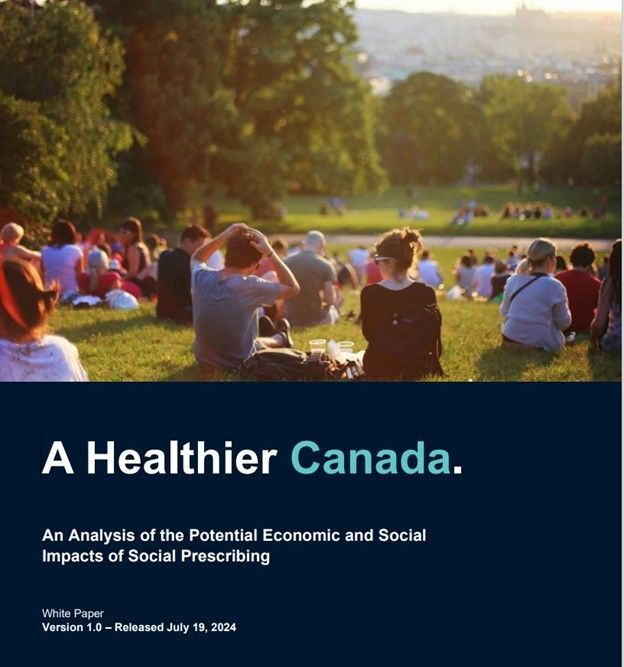
By Bev Foster
•
October 16, 2024
A key takeaway for me at Canada’s first Social Prescribing Conference is that we’ve only just begun. Every great movement must begin. By beginning, we become. Admittedly, my colleagues and I attended the conference to see where we might contribute as an arts-based community organization. While we didn’t receive pat answers or direct pathways, we met people, engaged in conversation and began to think about how we can be involved. In retrospect, I think that was the point of the conference. Beginning, exploring, connecting, conversing, becoming. We heard about several compelling examples of social prescription in Canada. Dr. Grace Park and her team in the Fraser Health Care Authority in BC have developed a systemically integrated SP approach for older adults. The partnership between Fraser Health, the provincial government, United Way BC, BC Divisions of Family Practices, Fraser Health Teams, Fraser Health Patient and Family Advisory Council and other nonprofit community organizations began in 2019 and is a leading model. Community Connectors play a critical role in the success of implementation and hold the community knowledge and put the legs on referrals by linking individuals to programs. Healthy Aging Alberta has developed a tool for SP assessment and case management used by a variety of professional and volunteers. Based on social determinants of health, this tool looks at seven domains based on Alberta’s health aging framework: physical health, safety and security, social engagement, physical environment, personal wellbeing, mental health and social supports. This tool is being used in Edmonton to support older adults in living in community. There is a SP student movement in Canada. In 2022, the Canadian Social Prescribing Student Collective was establishing joining a global network of students champions in six other countries. The objective of this group is to call for action by students, staff in health care and community organizations and faculty/administration at postsecondary institutions. The Collective believes their efforts will shape the social prescribing movement and the future of our health system. We also learned that SP is extended to family caregivers. Various provincial family caregiving organizations are developing SP pathways to build resilience, social connectedness, decreased reliance on healthcare services to support family caregivers with their overwhelming responsibilities, financial strain and system navigation. Family Caregivers of British Columbia have caregiver support specialists provide wellness planning, healthcare navigation and community connections for family caregivers. The elephant in the room for most of the conference is how SP is funded in Canada. It appears as though the CISP is strategically encouraging multiple expressions of SP to bubble up locally, having the communities themselves figure out implementation pathways and funding models. And perhaps this is the way of influence, bottom up, upstream programming that creates a demand and groundswell with compelling results that governments will not be able to deny. The recent CISP report claims that for every $1 spent on SP in Canada, the ROI is $4.30. And so we think about the arts in this movement. Our colleagues from the Mississauga Arts Council were also there, and along with us, were learning and exploring and becoming. They have launched a 2-year pilot with their ArtsCare SP program to benefit mental health of individuals living in Mississauga. While historically our work at Room 217 has been and will continue to be supporting caregivers with music care tools, training and standards to improve care outcomes, we have been developing a music wellness model. Salutogenic or preventative in approach, we define music wellness as interacting with music in a way that contributes to holistic health and flourishing. Our research shows this happens in specific ways. So we may very well have several contributions to make as we consider our intersection with the social prescription movement. In my mind, music as social prescription is a pure bullseye. Music by its very nature is connective. Music contributes positively to an individual’s state of being and can catalyzes improved mood. Doing music contributes to health and wellbeing such as increased oxygenation, cross-lateral brain activity. Musical engagement improves quality of life in every human domain. So we continue to explore the application of music care and music wellness within the arena of SP. Stay tuned.

By Bev Foster
•
October 2, 2024
Social prescribing (SP) is a practice I became familiar with at our 2019 Power of Music Conference in Nottingham, England. At the time, the National Academy of Social Prescribing (NASP) had just been formed. The NASP defines SP as connecting people to activities, groups and support that improve their health and wellbeing. SP links people to non-medical supports in their community to address issues such as loneliness, debt or stress due to financial pressures or poor housing. Since then, the NASP story has been impressive including 12% reductions in GP appointments, 15-20% reduction in secondary care costs, measurable improvements in wellbeing, physical and mental health, and an ROI of £3.50 for £1 invested. A key achievement has been to set up a healthcare integration program to support health and care providers and partnerships to embed social prescribing. So it was with keen interest my colleagues and I attended Canada’s first Social Prescribing Conference held in Toronto at the end of September 2024. Convened by the Canadian Institute for Social Prescribing (CISP), a national collaboration hub anchored by the Canadian Red Cross, several hundred early adopters and curious folks like us gathered. The energy and excitement was palpable. Dr. Kate Mulligan , the Scientific Director and champion of social prescribing in Canada set the stage, proposing SP as the pathway from health treatment to wellness creation. The CISP encourages models that connect people with healthcare, social services and community supports to enhance health and wellbeing. The goal of CISP is to bring together a diverse network of health practitioners, researchers, academics, system leaders, funders and others to share learnings, mobilize knowledge, build evidence and influence policy. The opening speaker, Elder Dr. Albert Marshall from the Mi’kmaw First Nation in Nova Scotia set the stage by sharing knowledge and wisdom of his people, including ‘two-eyed seeing’ - seeing the best of traditional Indigenous ways and the best of current western medicine. Applied to SP, we understand that the clinical medium saves lives and the social medium makes life worth living. A variety of panels, workshops and posters provided content for the conference. Notably, SP leaders from Singapore, Brazil, United States, England, and Australia shared where they are at with social prescription. Clearly, this global movement, supported by the World Health Organization, is underway. The WHO has developed a Social Prescribing Toolkit which outlines steps required to introduce SP and includes sample materials which can be adapted to the local context. In the final plenary session, we considered the future of healthcare in Canada. While there are no pat and easy answers, SP is seen as a response to ‘sick care’ through upstream preventative programming. It requires a shift, from a medical model where power is held and directed and the status quo is maintained to a social model where power is shared and everyone sees themselves in it. As Jodeme Goldhar, co-founder of the Foundation for Integrated Care Canada stated, ‘SP requires a shift from egocentric to ecocentric thinking.’ A key takeaway for me is that SP requires a new way of seeing, a new collective mindset. SP is all about working together in community, leveraging new ways of being and doing, working in partnership. The endgame may be a road to recovery for the Canadian healthcare system, were we live in less isolated and more connected communities optimizing health and wellbeing for all. If you want to learn more about SP in Canada, then subscribe to the CISP newsletter for ongoing updates, resources, and opportunities.
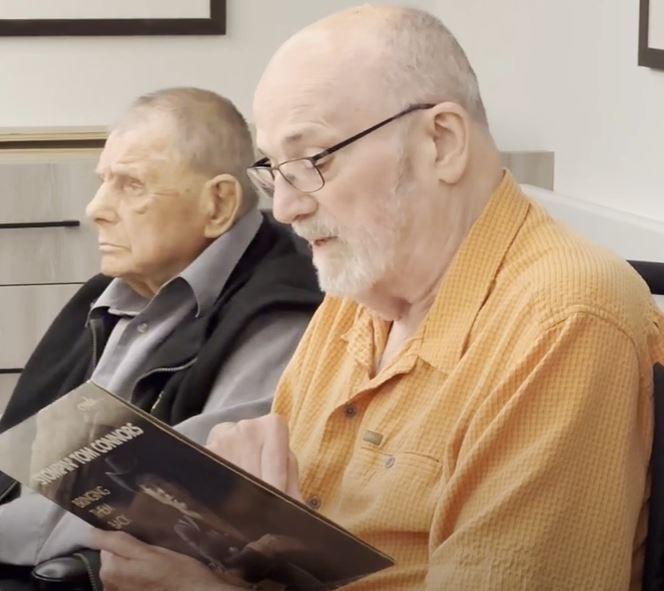
By Gillian Wortley
•
September 13, 2024
A growing concern among both recreational and clinical staff in long-term care (LTC) is the health and wellness of men in care. Health professionals have long recognized that men, both in and out of care, tend to experience lower overall health profiles compared to women. RESEARCH widely acknowledges that sex and gender intersect with factors like race, ethnicity, socioeconomic status, disability, and age to shape individual health outcomes. Notably, men face unique challenges when it comes to health and wellness. Globally, men are outlived by women in all settings, a phenomenon known as the male– –female health-survival paradox The Male-Female Health-Mortality Paradox | SpringerLink . This disparity highlights the need for gender-specific approaches to healthcare, as men’s health is increasingly recognized as a public health concern. Researchers and policymakers are working to understand the roots of these inequalities, with many pointing to social norms and behaviors formed in adolescence. We are familiar with stereotypes about men engaging in higher-risk activities, from motorcycle riding to nicotine addiction. However, one of the most significant factors affecting men’s health and longevity is their tendency to have fewer and less robust social connections compared to women. Women generally participate in social forums where they express emotions more freely, while men, historically, have been less likely to depend on social groups or engage in regular emotional expression. This can lead to isolation, which negatively impacts both mental and physical health. One promising approach to addressing social isolation among men is through men’s musicking. Music has always provided a way for men to come together—whether through singing, playing instruments, or participating in music listening groups. From male choirs like the Maesteg Choir in Scotland, to garage bands playing for the sheer joy of it, music offers a safe, non-threatening environment for men to gather, share memories, and express emotions, even if only subtly. Our September webinar presenter and partner, Gertrude Letourneau, shared a powerful story from her work in a long-term care home. One resident, a veteran, asked for permission to sing in his home language, which happened to be German. Being deeply sensitive to the other veterans he lived with, he began to sing which prompted an incredible emotional release of grief, tears, regret, reflection and sorrow. Menno Place, a recent graduate of our CERTIFY for ORGANIZATION program, discovered through their own research that hosting a vinyl record listening hour provided a powerful way to engage self-isolating men. This nostalgic activity brought men out of their rooms and into a safe, non-judgmental space where they could share memories, relive the joy of past entertainers, and reflect on times gone by. The program bridged generational gaps, allowing them to swap stories with the younger caregivers. Linda Weatherly, Manager of Therapeutic Recreation and Volunteer Services at Menno Place in Abbotsford, British Columbia, recalled that some conversations became quite lively, even veering into “racy” territory at times. However, this openness was precisely what was needed—creating a space where the men felt comfortable being themselves and expressing what they needed to. The program, known as Men’s Musicking, became much more than a listening hour. It was a catalyst for cognitive stimulation, sparking memories and conversations that promoted social interaction and emotional expression. The long-term effects of this initiative remain to be seen, but for now, we can applaud the creative and innovative leadership of people like Linda, who are using music to address some of the most pressing concerns in healthcare today.
Charitable Registration #85728 5092 RR0001 • Room 217 Foundation™
Box 145 Port Perry, ON, L9L 1A2 • 844.985.0217

